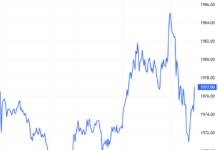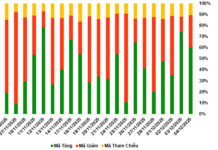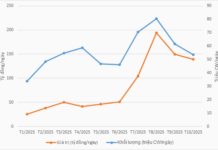The F&B industry in Vietnam is undergoing a transformation, with popular bubble tea and coffee chains shutting down or adjusting their presence in the market. This includes brands like Hot&Cold, Comebuy, and Dodo Pizza, who have closed their doors, and The Coffee House and Starbucks, who are re-evaluating their locations in major shopping malls. It’s like decluttering your wardrobe; making room for unique, special pieces.
Think of these departing brands as “fast fashion” in the F&B world. They were trendy and appealing, but their concepts were easily replicable and lacked a unique identity. Now, consumers are seeking brands with a distinct personality, exceptional experiences, and an emotional connection. This shift presents an opportunity for local entrepreneurs with innovative drink concepts and honest business models to step up and fill the gap.

Phê La, for instance, offers a unique experience with a strong identity, much like a carefully crafted jacket from a passionate local fashion brand or a one-of-a-kind vintage piece. Meanwhile, established brands like Highlands Coffee remain a safe and reliable choice, akin to your favorite pair of jeans or a classic white tee, consistently delivering without chasing fads.

This evolution in the F&B landscape means consumers will have more diverse and high-quality options to choose from. It also creates opportunities for local businesses with unique drink concepts and honest business models to thrive. Lastly, it indicates a maturing market that is becoming more sophisticated and aligned with consumers’ evolving tastes and preferences. So, embrace the change and get ready to explore a whole new world of culinary delights!
Crafting a Flavorful Identity for a Beverage Chain with Syrup San
The natural fruit flavors of San’s Syrup impart a delightful and unique taste to beverages, creating a distinct image in the minds of customers.










































